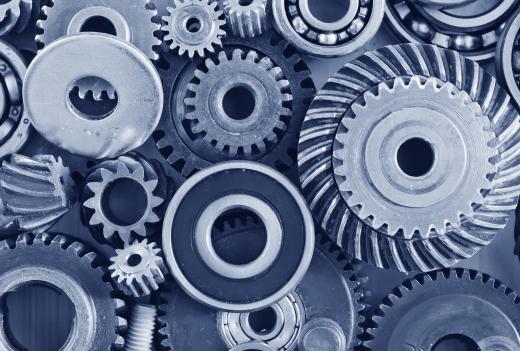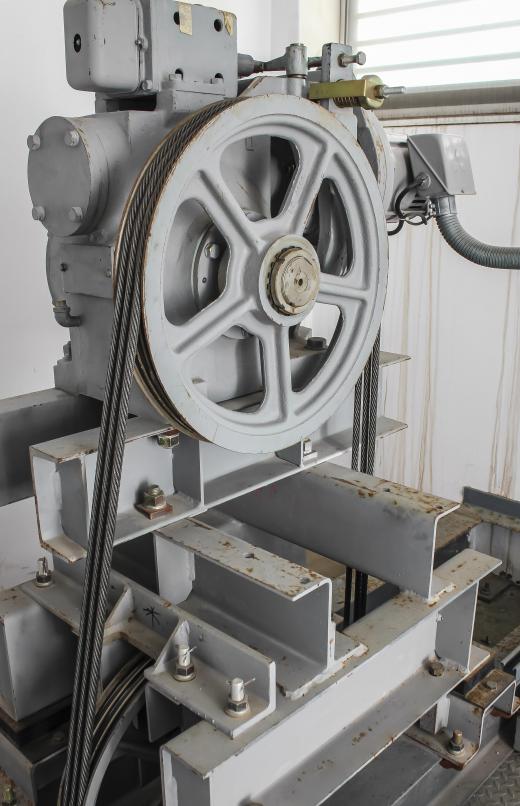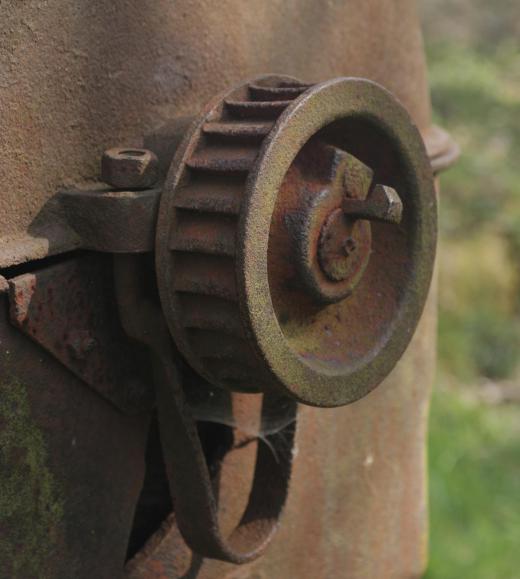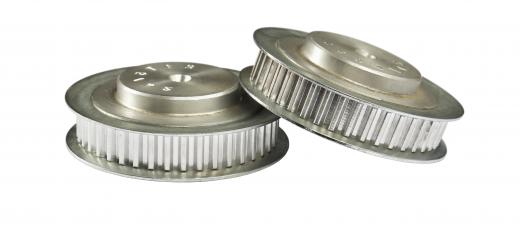Synchronous pulley components are gear-shaped pulleys that give a motor's mechanical performance teeth. These are commonly called timing pulleys because they often work with timing belts in motors. Many timing pulleys come in various diameters and thicknesses, but what really makes them different is that their pulling surfaces have teeth around their circumferences. Ridges may be large or fine, designed to grip into timing belts for precise, consistent transfer of high-speed forces.
Timing belts, sometimes called cam belts, usually control the operating rhythm of an engine's valves. Even when their function may differ, other belts that feature teeth integrated into their form are sometimes called timing belts. What is being timed might be a mechanical camshaft or water pump, as force gets transferred between gear systems and other mechanical components. Synchronous pulley operation is better served with the use of rubber belts that permit more flexibility and less noise than stronger metallic chains or gears.

In principle, pulleys operate by translating rotational force of a motor or engine into a linear pulling force. They come in many shapes and sizes for various loads and speeds. Synchronous pulley mechanics must function under extreme conditions and be as tough as possible, without excess weight. Where standard pulleys can be paired to increase their leverage, axle-mounted timing pulleys might be coupled with an opposing pulley, with a belt circling them both.

Most synchronous pulley designs commonly feature flat faces, perhaps reinforced with spoke-shaped geometries. Between these opposing flange faces is an inner surface that, unlike other pulleys that are angled inwardly, presents a flat edge ridged with uniformly spaced teeth. Pulleys can vary in thickness and the axle strength permitted by their interior mounting threads.

Generally, timing pulleys are found where motors drive gears. Car engines, lawnmowers, and power tool equipment all rely on these tough little components. Commonly made from aluminum and nylon for lightweight performance, other materials can include plastics and polymers. These components are designed for durable wear and often resist rust, or oxidation. They also must resist high temperatures of around 180°F (82°C) to 250°F (121°C).

New materials are continually developed to make synchronous pulley components more durable and accurate. Synchronous pulley designs have to endure high torque pressures. They work with rugged, toothed timing belts under broad degrees of tensions. This allows them to accommodate different pulling loads to provide horsepower at the drop of a hat.
